Extensor Digitorum Muscle
Table of Contents
Extensor digitorum Muscle Anatomy
The extensor digitorum is a long muscle located in the posterior compartment of the forearm. Together with extensor carpi ulnaris and extensor digiti minimi, it comprises the group of superficial extensors of the forearm.
These muscles can be easily palpated in the lateral aspect of the posterior forearm, especially during the extension of the hand when they are contracted.
Origin
It originates from the lateral epicondyle of the humerus.
Insertion
It inserts into the bases of the middle phalanges of the 2nd – 5th digits.
Nerve supply
It is innervated by the posterior interosseous nerve.
Blood supply
It is supplied by the posterior interosseous artery.
Action
It extends the hand, wrist, and fingers of the hand.
As its name suggests, the main function of the extensor digitorum is the extension of four medial fingers in the metacarpophalangeal and proximal and distal interphalangeal joints. It’s important to highlight that the action of this single muscle opposes the actions of two flexors of the fingers; flexor digitorum superficialis and flexor digitorum profundus.
This muscle participates in the anatomy of the grip as it contributes to the opening of the hand and letting go of an object. As it crosses the wrist, the contraction of the extensor digitorum participates in the extension of this joint.
Relations
The most superficial muscle of the posterior forearm is the extensor digitorum, which is situated superficially to the abductor pollicis longus and extensor pollicis longus muscles. The posterior interosseous artery and nerve travel through a tunnel enclosed by these three muscles.
The extensor digitorum is located in the forearm lateral to the extensor digiti minimi and extensor carpi ulnaris muscles, and medial to extensor carpi radialis brevis muscle.
Its tendons are situated between those of the extensor digiti minimi on the medial side and the extensor pollicis longus on the lateral side, deep to the extensor retinaculum. The tendons of the extensor digitorum and extensor indicis occupy the fourth extensor (dorsal) compartment, respectively. The extensor digitorum tendons run superficially to the dorsal interossei muscles on the dorsum of the hand.
Extensor Digitorum Muscle Exercises
Strengthening Exercises
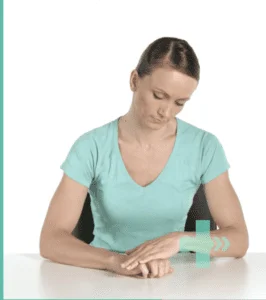
1. Isometric Finger Extension
- Sit upright in a chair.
- Place your affected arm on a table with your palm facing down and your fingers flat on the table.
- Bend the end and middle joints of your fingers, keeping your knuckles straight.
- Use your unaffected hand to resist the knuckles of your fingers from bending backward towards the ceiling.
2. Reverse Wrist Curls
- For this exercise, you‘ll need a flat surface like a desk or a tabletop. You‘ll also need a lightweight dumbbell, weighing around 1-2 lbs.
- Standing or sitting with your feet shoulder-width apart, grab the dumbbell with an overhand grip and lay it on the tabletop, with your wrist and working hand hanging off the table. Your palm should be facing down.
- When you‘re ready, pull the dumbbell up by bending the wrist up and extending it as high as possible.
Stretching exercise of Extensor Digitorum Muscle
Hold your arm out in front of you, straighten it, rotate your arm inwards, and bend your wrist back. Hold this position to create a stretch. This exercise stretches the forearm extensor muscles and can help with tennis elbow pain and other repetitive strain injuries.
Clinical Significance
Extensor tendons are found just under the skin of the hand or the top of the feet. Extensor tendonitis is an inflammation of these tendons, and many factors can cause it.
1) prolonged or high-impact typing with a non-ergonomic keyboard.
2) practicing or playing an instrument, such as piano or guitar, excessively.
3) regularly playing sports that stress hands and wrists, including baseball or cricket.
Extensor digitorum muscle pain
Extensor digitorum pain can be caused by a number of things, such as overuse, strain, injury, or certain medical disorders. This muscle is situated on the back of the forearm and extends into the fingers.
The following list of possible reasons and advice for treating extensor digitorum muscle pain:
- Overuse or Strain: The extensor muscles of the forearm can get strained by repeated actions such as typing, gripping, or using handheld tools, which can cause pain and discomfort.
- Muscle Imbalance: Pain may be caused by weakness or imbalance in the forearm’s extensor and flexor muscles. Exercises that strengthen both muscle groups can help reduce symptoms.
- Poor Ergonomics: Extensor muscles can be strained by poor ergonomic workstation setups or incorrect posture. Pain can be avoided by following safe ergonomic procedures and scheduling regular stretching breaks.
- Injury: The extensor digitorum muscle can be injured by direct trauma or repetitive stress injuries, which can lead to pain, edema, and a restricted range of motion.
- Tendonitis: Pain and discomfort, particularly with repetitive movements, can result from inflammation of the tendons surrounding the extensor digitorum muscle.
- Tennis Elbow (Lateral Epicondylitis): This condition is characterized by inflammation of the tendons, including the extensor tendons, that adhere to the elbow’s lateral epicondyle. It may result in wrist and forearm pain and weakness.
Treatment
- Rest: Give the muscle time to recover by avoiding activities that exacerbate the pain.
- Ice: Several times a day, applying ice packs to the affected area for 15 to 20 minutes will help lessen discomfort and inflammation.
- Stretching: You can relieve stress and increase flexibility by doing mild forearm stretching exercises.
- Strengthening exercises: Extensor muscles can benefit from gradual strengthening workouts to increase their endurance and lower their chance of becoming hurt again.
- Pain management: Ibuprofen and acetaminophen, two over-the-counter pain medications, can help reduce pain and inflammation.
- Physical Therapy: To treat muscle imbalances and aid with healing, a physical therapist can offer customized exercises and procedures.
- Ergonomic Modifications: Using ergonomic tools and adjusting workspaces can assist avoid extensor muscle tension.
- Medical Evaluation: Consulting a healthcare provider is advised to rule out any underlying diseases or injuries that might need special treatment if the pain continues or gets worse despite conservative methods.

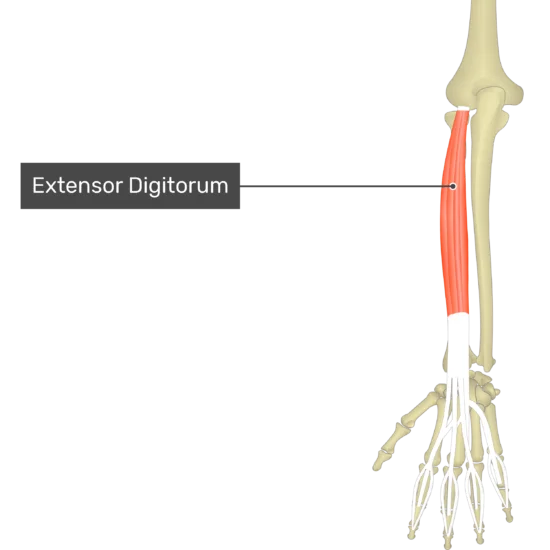
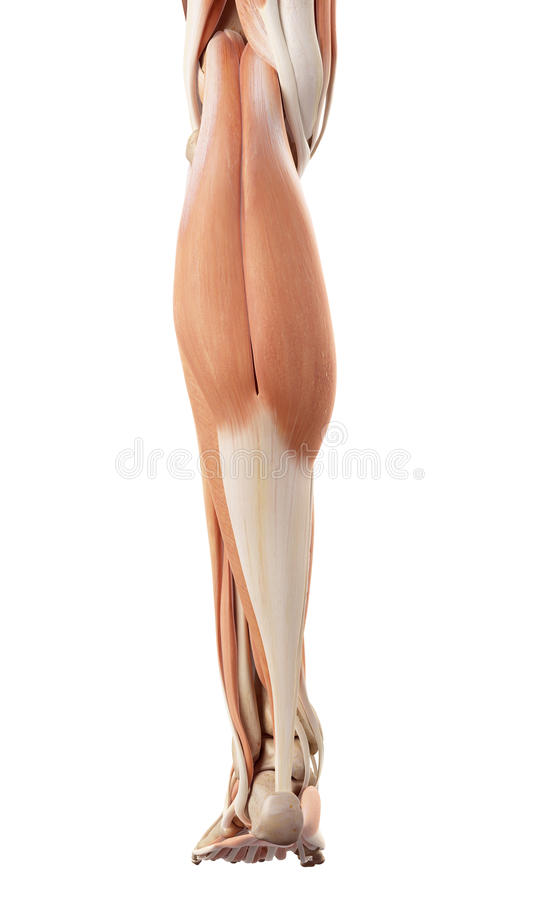
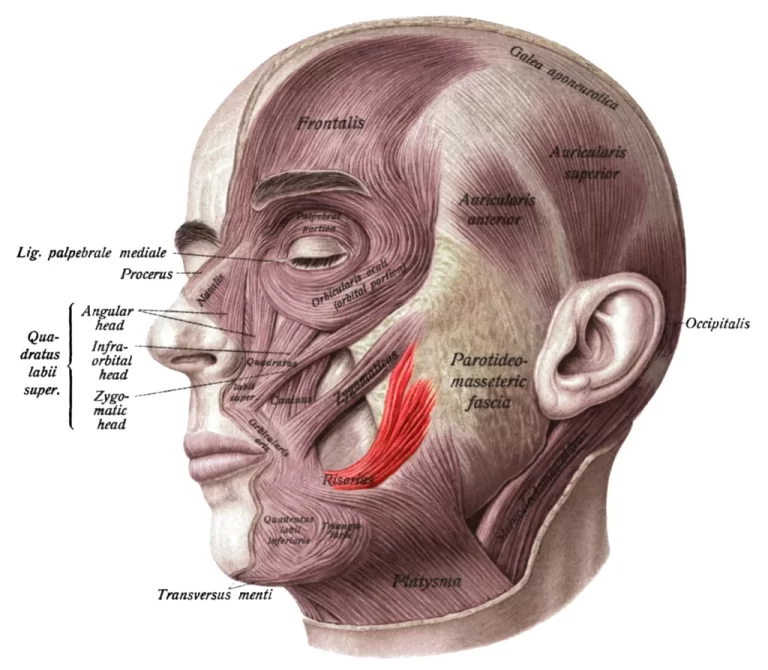
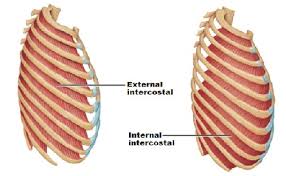
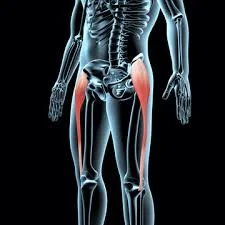
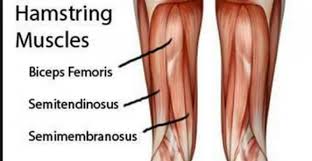
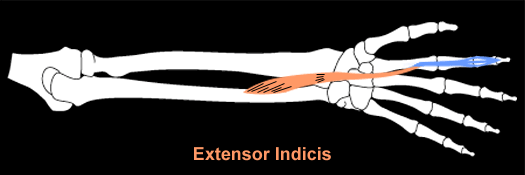
One Comment